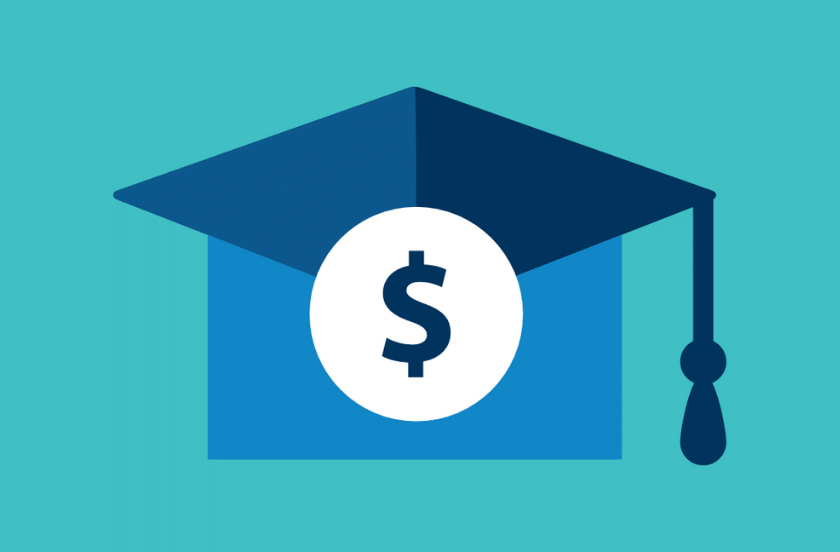
Income-driven repayment (IDR) is meant to be a key protection that sets federal student loan borrowers’ monthly bill at an affordable amount determined by their income, not by their loan balance. Nearly 10 million borrowers rely on this program as an eventual pathway out from under historic levels of student debt.
Unfortunately, IDR has failed millions of borrowers in dire need of relief that the program promised to provide. Widespread breakdowns and illegal practices by loan servicers, combined with short-sighted and inadequate program design have left millions of borrowers saddled with debts they cannot afford or escape even after years of repayment. The SBPC and partners are working to shine a light on breakdowns and policy choices that have left perhaps the most critical element of the student loan safety net broken.
IDR Work Spotlight

Advocates Sound Alarm on Industry’s Implementation of Changes to IDR
The SBPC, National Consumer Law Center, Student Debt Crisis Center, and Center for Responsible Lending wrote to the Education Finance Council, National Council of Higher Education Resources, and Student Loan Servicing Alliance regarding recently announced to income-driven repayment.

A coalition of advocacy organizations sent a letter to the Biden administration, calling on U.S. Secretary of Education Miguel Cardona to reform broken, dysfunctional income-driven repayment (IDR) programs with the creation of an IDR restoration project or waiver.

Our latest analysis finds racial and socioeconomic disparities in which borrowers are able to access one of the most critical protections available to all borrowers struggling with federal student loans: income-driven repayment.
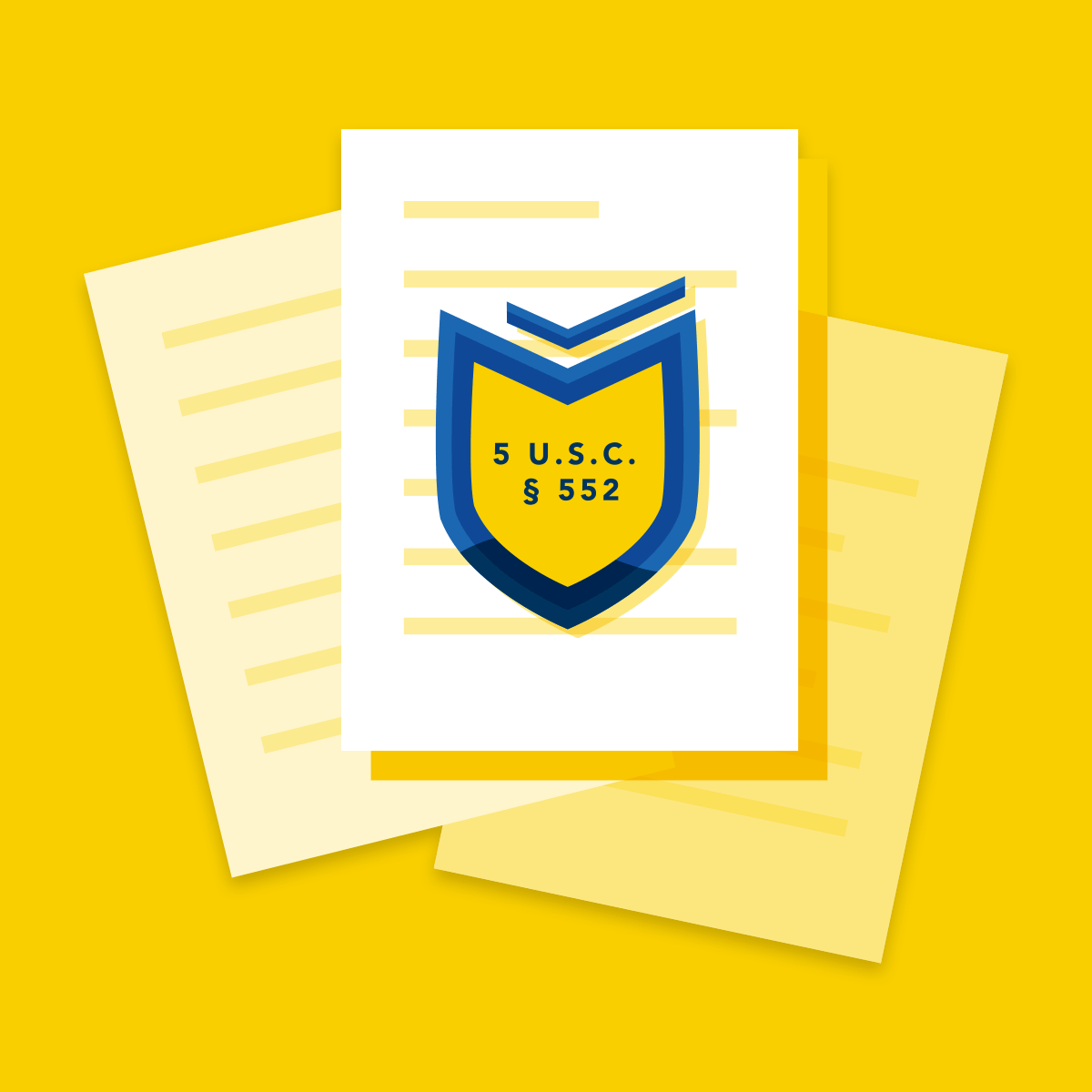
This issue brief highlights newly public data obtained by NCLC from the Department of Education showing that only 32 borrowers have ever qualified for debt cancellation through the federal government’s IDR program, even as approximately 2 million borrowers remain trapped in decades-old debts.
IDR Paper Series: Improving & Delivering Relief
This paper series explores ways to strengthen the IDR program, including as it relates to affordability, increased enrollment, and increased borrower protections.
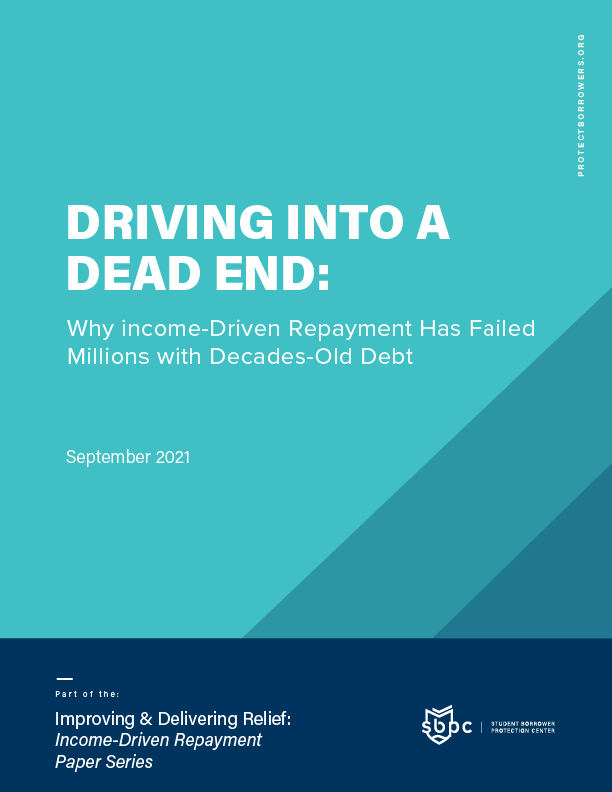
Driving Into a Dead End: Why IDR Has Failed Millions with Decades-Old Debts
This report synthesizes research, public records, and largely-overlooked documentary evidence from the Department of Education to identify various glaring warning signs that IDR is failing millions of borrowers who have been in repayment for decades on federal student loans—and that it is slated to continue doing so for years to come.
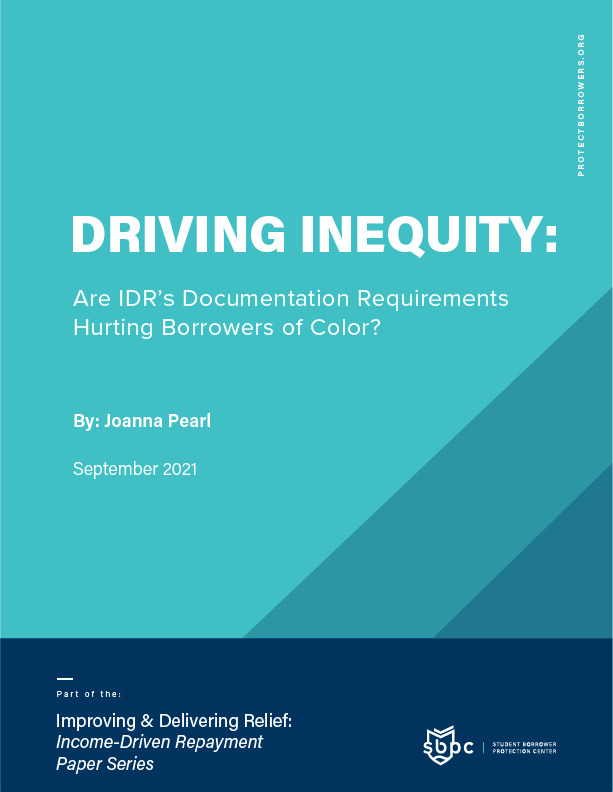
Driving Inequity: Are IDR’s Documentation Requirements Hurting Borrowers of Color?
This report examines the role that the use of alternative documentation of income (ADOI) plays in driving racial disparities in access to IDR for student loan borrowers. In doing so, it underscores how breakdowns in IDR are a clear civil rights issue.
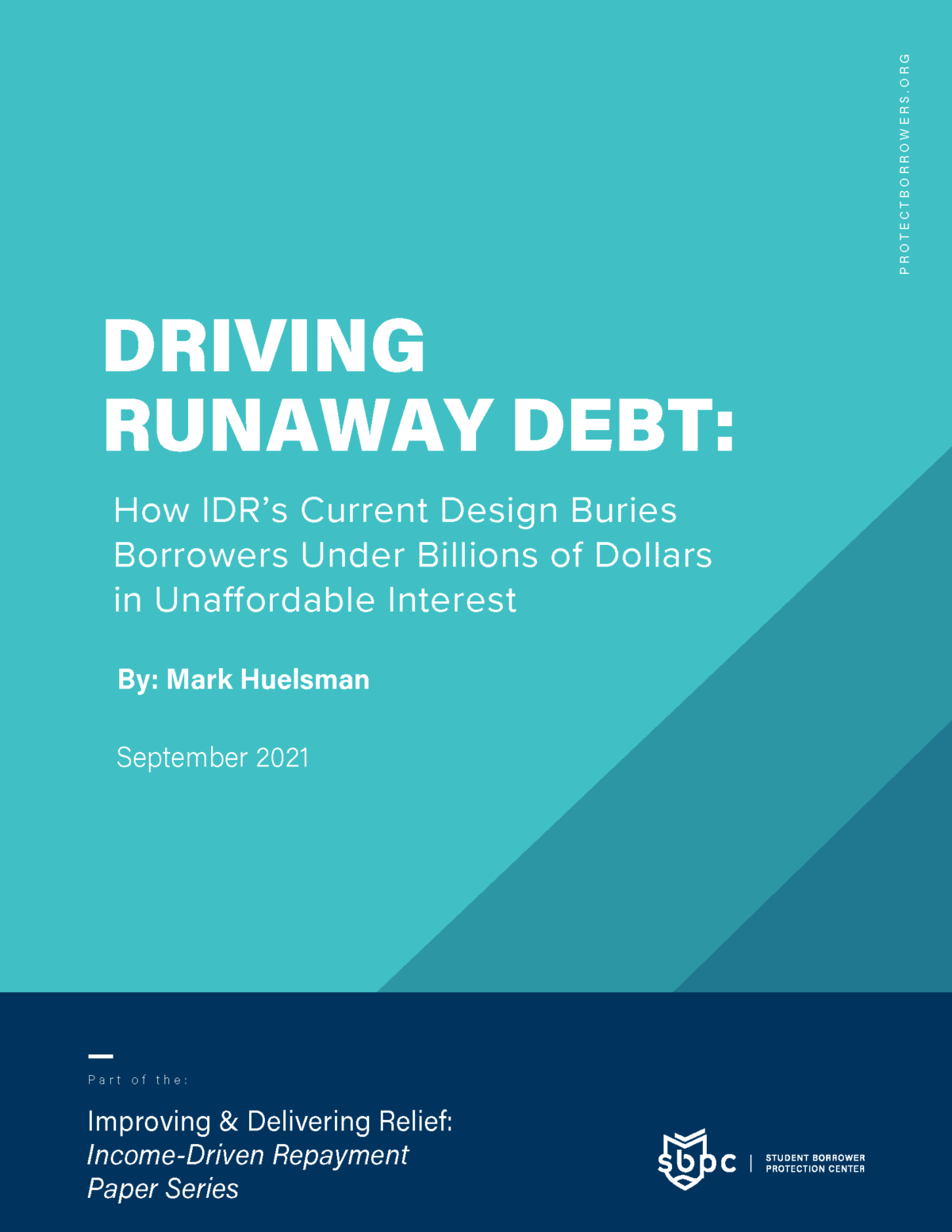
This report highlights how the design of the main protection meant to deliver affordability to federal student loan borrowers, Income-Driven Repayment (IDR), ignores the widespread effects that runaway student loan balances have across borrowers’ financial lives.
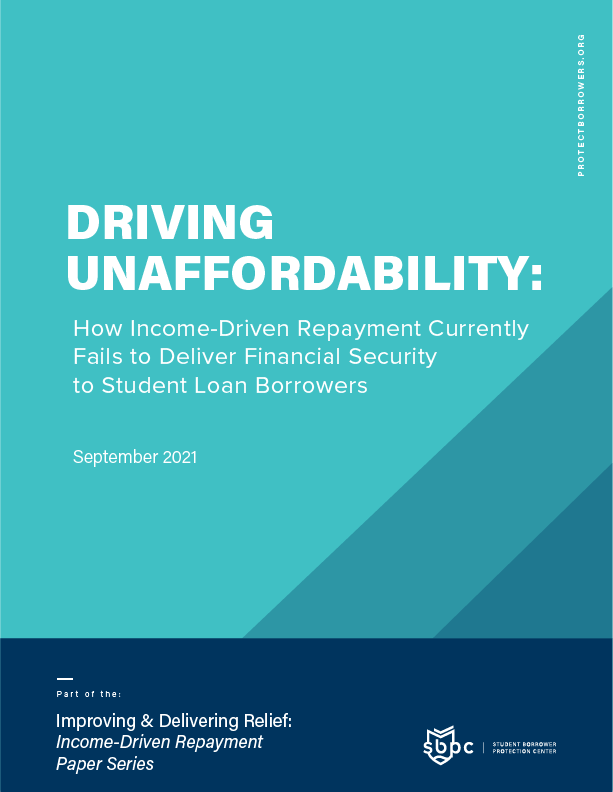
This report highlights how the payment formulas currently underlying Income-Driven Repayment (IDR) can harm low to middle-income borrowers, forcing them to choose between meeting basic needs and paying their monthly student loan bills.
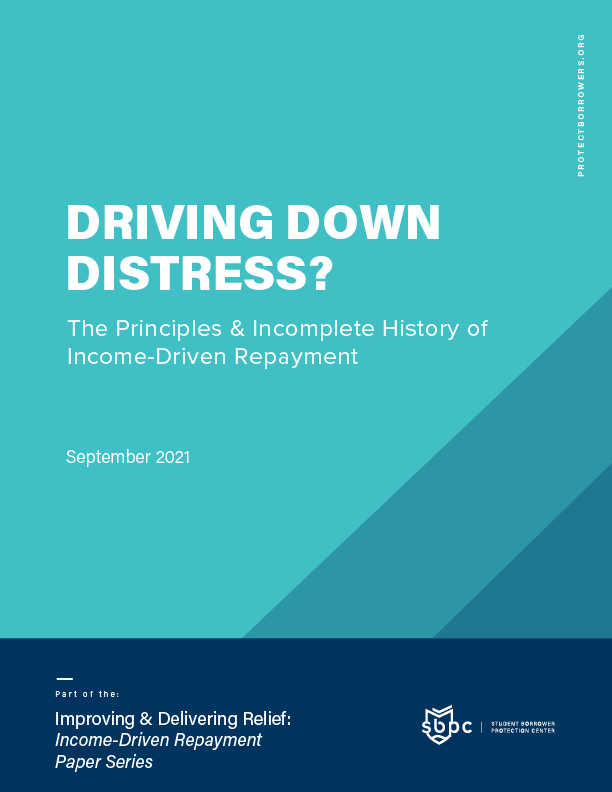
Driving Down Distress?: The Principles & Incomplete History of Income-Driven Repayment
This report examines the history of Income-Driven Repayment (IDR), identifies its key founding principles, the ways that policymakers have tried to meet them, and how the current design of the protection has fallen short of achieving its original goals.

Blog: Fulfilling the Promise of Income-Driven Repayment
It’s time for policymakers to weigh whether the IDR program is fulfilling its promise. And if not, it’s time to boldly rethink the design and delivery of the protections that borrowers deserve.
In the News
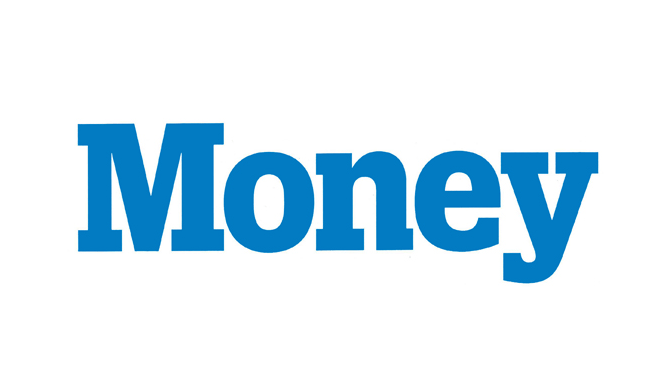
About 2 Million Borrowers Missed an Opportunity to Get Their Student Debt Forgiven: Report
That small slice of borrowers shows that the programs aren’t doing enough to protect borrowers from being trapped in a lifetime of debt, according to a report released this week by the National Consumer Law Center and the Student Borrower Protection Center.

Congress wrote a law promising forgiveness to student loan borrowers who make two decades of on-time payments. But that promise has fallen short, according to a new report. Of the roughly two million borrowers on the plan who have been making payments for more than 20 years, only 32 individuals…